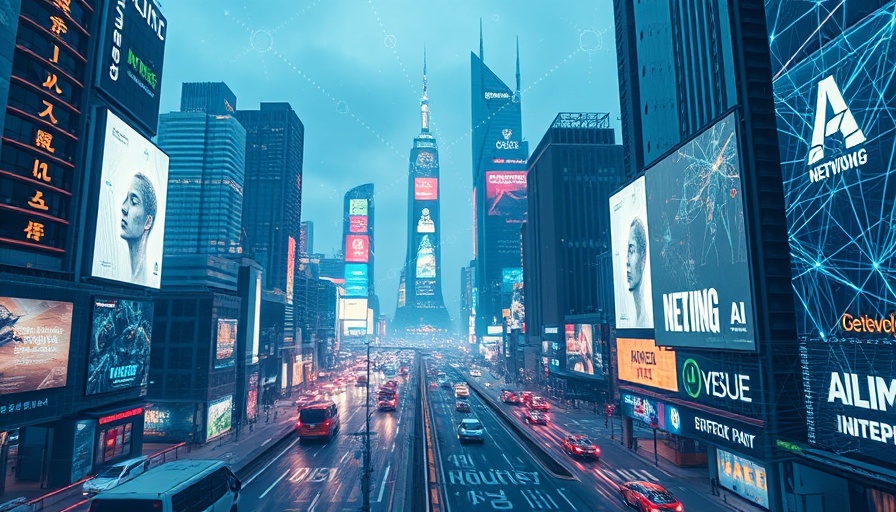
The Impact of AI on Advertising Safety
As artificial intelligence (AI) increasingly shapes every facet of advertising, a critical dialogue surrounding its implications for safety and ethics has emerged. Advertising, once a creative endeavor rooted in human insight, is poised to evolve dramatically under the influence of AI, with outcomes that could either empower advertisers or lead to an intricate web of control by major media companies.
With every technological leap, the potency of a brand’s influence raises questions—not only about what AI can accomplish but also about how it affects safety in the advertising landscape.
Understanding AI Safety in Advertising
To grapple with the concept of AI safety in advertising, it's essential to first unpack how AI tools can assist marketers. Imagine carrying a device, akin to having a strategic partner that possesses a high IQ and instantaneous access to vast amounts of information. Such capabilities can elevate advertising strategies by offering insights and facilitating real-time decision-making.
AI can sift through data, providing consumers with targeted experiences while simplifying life for advertisers through automation. Yet, this raises a pivotal question: How do we ensure that the data AI relies on comes from reputable sources? Furthermore, can we trust that AI has not been biased by its creators to push agendas contrary to a brand's true identity?
Why Brand Safety Matters in a Digital World
Brand safety has long held a controversial status in the advertising realm. Often perceived as a hindrance or even censorship, brand safety ensures that advertisements reach appropriate audiences without damaging a company's reputation. Advertisers must retain control over their campaigns, which is becoming increasingly vital in a world where AI plays a pivotal role.
The crux of the brand safety issue is the balancing act between protecting one’s brand and allowing creative freedom. If AI algorithms begin to block content indiscriminately, the risk of misjudging what is harmful could lead to substantial losses for advertisers. Thus, finding a harmonious intersection of safety and creativity is essential.
The Future of AI in Advertising: Control and Responsibility
As we look toward 2025, a looming debate surfaces about who will command the reins of AI in the advertising sector. Will it be the advertisers, harnessing AI to fuel their agendas, or will it be powerful media conglomerates defining the rules of engagement? This question is not merely academic; it has real implications for the integrity and effectiveness of advertising campaigns.
The Key Questions for Advertisers
To navigate the future safely, advertisers must pose crucial questions regarding AI usage. What will ensure that data sources are legitimate? Are AI systems trained to respect ethical standards and avoid manipulative practices? In the intricate matrix of advertising, how can all stakeholders guarantee adherence to moral and industry standards?
Ultimately, the necessity of ensuring transparency in AI processes cannot be overstated. The consequences of AI's decisions will ripple through the marketing sphere, impacting everything from consumer perception to brand loyalty.
Conclusion
As AI technology continues to revolutionize the advertising industry, navigating the new landscape of brand safety and suitability is crucial. Advertisers must engage with these questions critically—ensuring that the implementation of AI not only drives efficiency but also aligns with ethical standards and brand integrity.
The conversations ignited by AI will undoubtedly shape the future of advertising, impacting how brands engage with their audiences. Staying enlightened and proactive will pave the way for responsible advertising practices.
 Add Row
Add Row  Add
Add 




Write A Comment